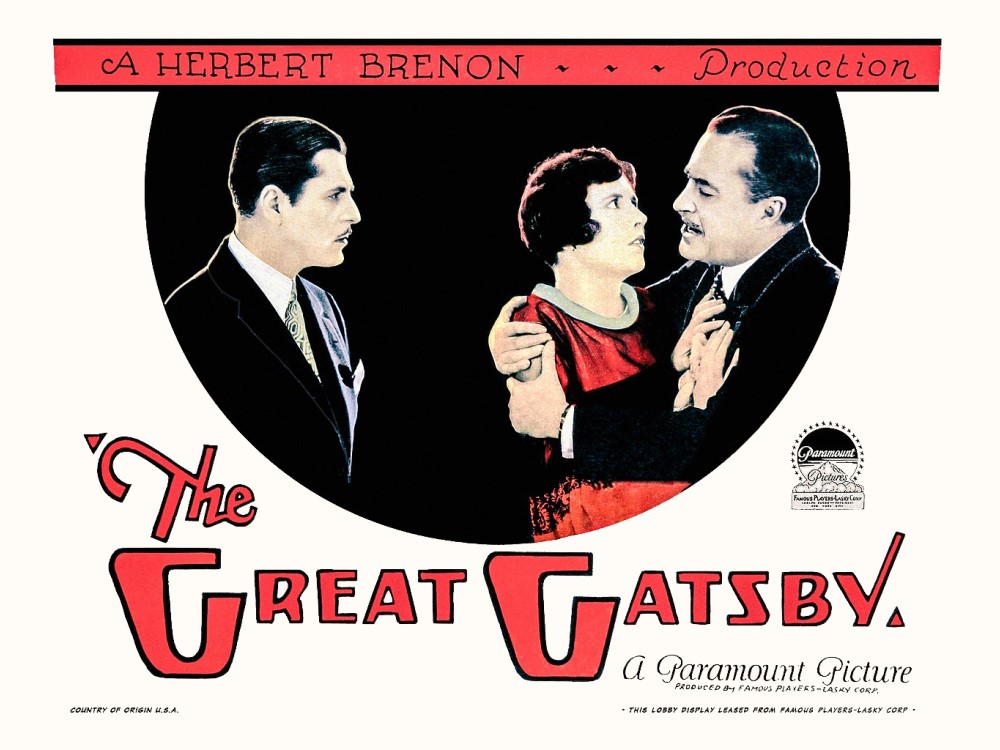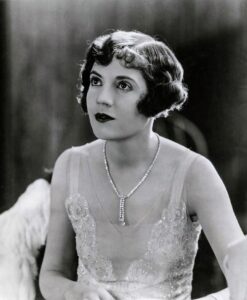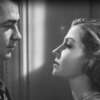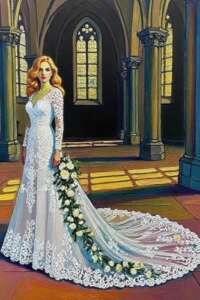The Great Gatsby (1926): A Lost Classic of American Cinema
Movies By Oddplanet on Thu, Aug 10th, 2023 @ 2:05:55 PM 118 1
The Great Gatsby is one of the most celebrated novels in American literature, written by F. Scott Fitzgerald in 1925. The story of the mysterious millionaire Jay Gatsby and his doomed love for the beautiful Daisy Buchanan has captivated generations of readers and inspired several adaptations on stage and screen. However, the first film version[READ MORE]

The Great Gatsby is one of the most celebrated novels in American literature, written by F. Scott Fitzgerald in 1925. The story of the mysterious millionaire Jay Gatsby and his doomed love for the beautiful Daisy Buchanan has captivated generations of readers and inspired several adaptations on stage and screen. However, the first film version of The Great Gatsby, released in 1926, is now considered a lost film, as no copies of it are known to exist.

Lois Wilson as Daisy Buchanan
The screenplay was written by Becky Gardiner and Elizabeth Meehan, based on a stage play by Owen Davis that had been authorized by Fitzgerald. The play had premiered on Broadway in 1926, starring James Rennie as Gatsby and Florence Eldridge as Daisy. It had received mixed reviews from critics, who praised its faithful adaptation of the novel but criticized its lack of drama and emotion. The play had also been criticized by Fitzgerald himself, who felt that it failed to capture the spirit and essence of his novel. He wrote to his editor Maxwell Perkins: “It’s all right but it’s not Gatsby.”
The film was produced by Famous Players-Lasky and distributed by Paramount Pictures. It had a budget of $500,000, which was considered high for a silent film at the time. It was filmed at Paramount’s Astoria Studios in New York and on location in Long Island and New Jersey. The film used elaborate sets and costumes to recreate the glamorous world of the Jazz Age, as well as **special effects** to depict Gatsby’s lavish parties and car chases. The film also featured original music composed by William Axt and David Mendoza, which was synchronized with the film using the Movietone sound-on-film system.
Some of the **special effects** used in the film were:
– **Matte paintings**: These were paintings on glass that were used to extend or enhance the backgrounds of scenes. For example, a matte painting of Gatsby’s mansion was used to make it look more impressive and imposing than the actual set.
– **Miniatures**: These were scaled-down models of objects or locations that were used to create illusions of size or distance. For example, a miniature of New York City skyline was used to show the view from Gatsby’s window.
– **Rear projection**: This was a technique where a pre-recorded footage was projected onto a screen behind the actors or objects in front of it. This created a composite image that looked like they were in the same place. For example, rear projection was used to show the car chase scenes where Gatsby and Tom drive through crowded streets.
– **Double exposure**: This was a technique where two or more images were superimposed on each other on the same film strip. This created a blended or layered effect that could suggest movement or transformation. For example, double exposure was used to show Gatsby’s parties where guests danced and mingled in a frenzy.
The film received mixed reviews from critics and audiences at the time of its release. Some praised the performances, especially Baxter’s portrayal of Gatsby, and the lavish production values, while others criticized the film for deviating from the novel and simplifying its themes. Fitzgerald himself was reportedly dissatisfied with the film, saying that it made Gatsby look like a criminal and Daisy like a flighty flapper. He also complained that the film omitted some of his favorite scenes from the novel, such as the party at Tom Buchanan’s apartment and the car accident that kills Myrtle.
The film was not a commercial success either, failing to recoup its budget of $500,000. It was soon overshadowed by the advent of sound films in the late 1920s, and by the subsequent adaptations of The Great Gatsby in 1949, 1974, 2000, and 2013. The 1926 film was never re-released or preserved, and it is believed that all prints of it were destroyed in a fire at Paramount’s storage facility in 1937. Only a one-minute trailer of the film survives today, which can be viewed online.
The loss of the 1926 film is a tragedy for cinema history, as it represents one of the earliest attempts to translate Fitzgerald’s masterpiece to the screen. It also offers a glimpse into the culture and aesthetics of the Jazz Age, which influenced both the novel and the film. The film may have been flawed, but it deserves to be remembered as a valuable artifact of American literature and cinema.











Leave a Reply